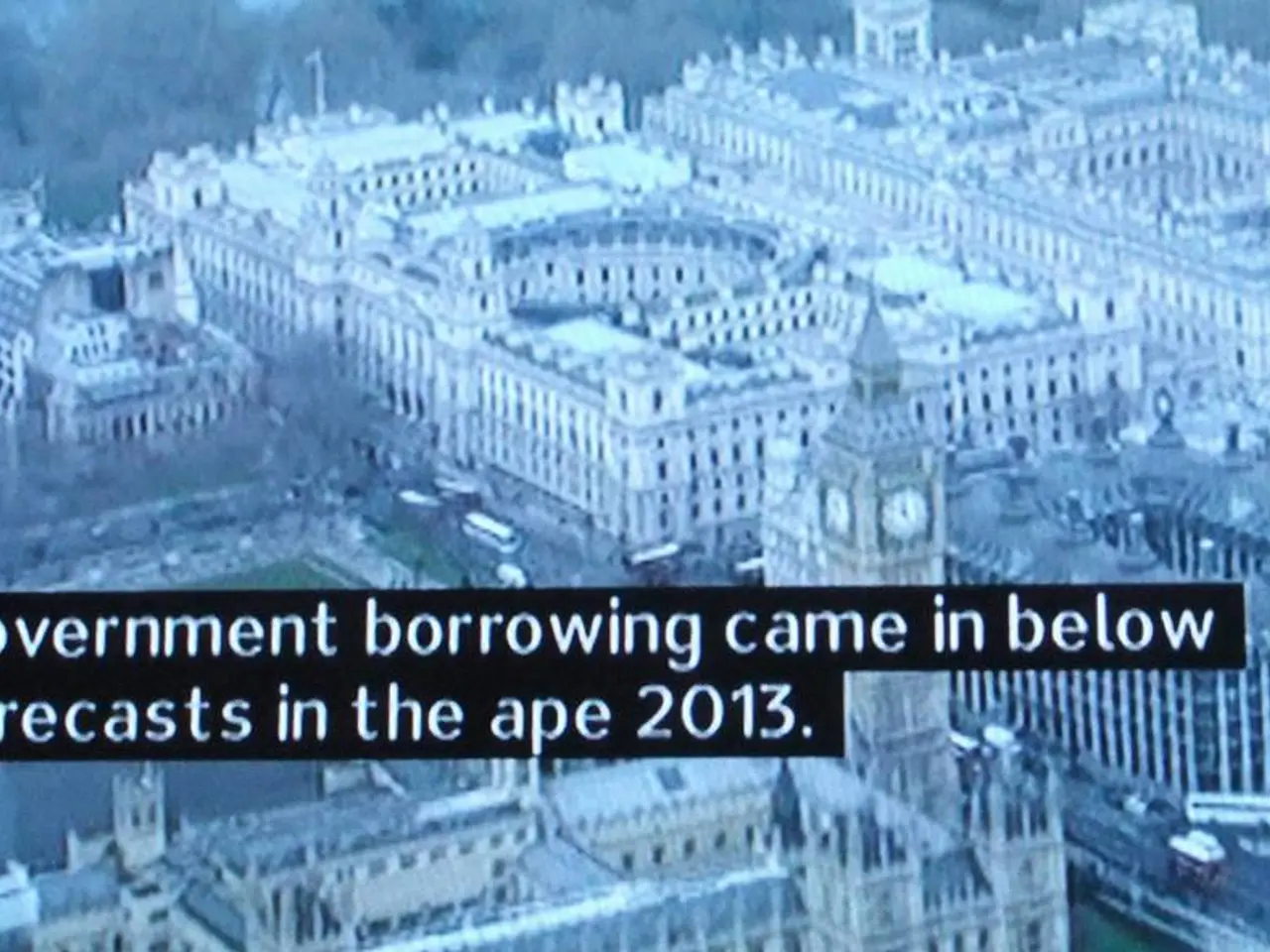Los Angeles faces destruction at the hands of the Hollywood industry
In the heart of California, the city of angels has long been a captivating subject for filmmakers, serving as the backdrop for various disasters and apocalyptic scenarios. From alien attacks to natural calamities, Los Angeles has faced its fair share of catastrophic destruction on screen.
The UCLA Film & Television Archive has curated a subgenre called "Los Angeles Destroys Itself" for the Los Angeles Film Festival, highlighting the city's recurring role in disaster dramas, sci-fi alien invasions, and apocalyptic scenarios. One of the earliest examples is the 1974 film, "Earthquake," which portrayed Los Angeles devastated by a catastrophic earthquake, with collapsing buildings, flooding from the Mulholland Dam bursting, and widespread fires ravaging the city.
Fast forward to 2015, and "San Andreas" featured a massive earthquake striking Los Angeles, causing extensive structural destruction. The lure of disaster films, as director Brad Peyton suggests, is largely driven by the city's recognizable landmarks, making the destruction all the more dramatic.
Alien invasions have also targeted Los Angeles, as seen in films like "Independence Day" (1996), "Battle: Los Angeles" (2011), and "Skyline" (2010). In "Skyline," a couple becomes trapped at a Marina del Rey penthouse during an alien attack in Los Angeles.
The city's darker side has also been explored, such as in "Blade Runner" (1982), which shows a dystopian, heavily polluted Los Angeles with a decaying cityscape. John Carpenter's 1996 film "Escape From L.A." presents a satirical, post-apocalyptic view of future Los Angeles.
Natural disasters have also wreaked havoc on the city. "Volcano" (1997) depicted an underground volcanic eruption destroying parts of Los Angeles, while "The Day After Tomorrow" (2004) affected Los Angeles with extreme weather, including tornadoes and floods. "Night of the Comet" (1984) featured a comet-induced calamity impacting the city.
Even the humble frog has played a role in Los Angeles' cinematic demise, as seen in "Magnolia" (1999), where a memorable scene shows frogs raining down over the San Fernando Valley. "Them!" (1954) depicted giant mutant ants invading Los Angeles, destroying parts of the city.
In a more unique scenario, the future president of the United States predicts that Los Angeles will be destroyed by an earthquake as divine retribution. In a fictional future, the city is even turned into a deportation center for those found "too undesirable or unfit" for the new "moral America."
The destruction of Los Angeles in films has been a reliable draw for movie audiences, offering a signature showcase for the industry's visual effects artists. However, as filmmaker Thom Andersen points out in his 2003 documentary "Los Angeles Plays Itself," the portrayal of Los Angeles through cinema history may reflect Hollywood's own anxieties about change.
Despite the recurring destruction, the city of Los Angeles, founded in 1781, continues to thrive, often referred to as the City of Angels. Whether on screen or in reality, Los Angeles remains a city of resilience and reinvention.
- The city of Los Angeles, full of recognizable landmarks, has been a frequent subject for disaster dramas and sci-fi alien invasions in movies and television.
- One of the earliest examples of Los Angeles' destruction in a film is "Earthquake" (1974) from the UCLA Film & Television Archive, which depicted the city devastated by a catastrophic earthquake.
- In more recent times, "San Andreas" (2015) showcased a massive earthquake striking Los Angeles, causing extensive structural damage.
- Alien invasions have targeted Los Angeles, as seen in films like "Independence Day" (1996), "Battle: Los Angeles" (2011), and "Skyline" (2010), with "Skyline" featuring the couple trapped in a Marina del Rey penthouse during an attack.
- "Blade Runner" (1982) and John Carpenter's 1996 film "Escape From L.A." show darker and dystopian perspectives of the city.
- Natural disasters like volcanic eruptions and extreme weather have also wreaked havoc in films like "Volcano" (1997) and "The Day After Tomorrow" (2004), while "Night of the Comet" (1984) portrayed a comet-induced calamity.
- In a unique twist, "Magnolia" (1999) depicted frogs raining down over the San Fernando Valley, while "Them!" (1954) featured giant mutant ants invading Los Angeles. The destructive portrayal of the city in films, according to filmmaker Thom Andersen, may reflect Hollywood's own anxieties about change. However, the city of Los Angeles, founded in 1781, continues to thrive, often referred to as the City of Angels, symbolizing resilience and reinvention.







